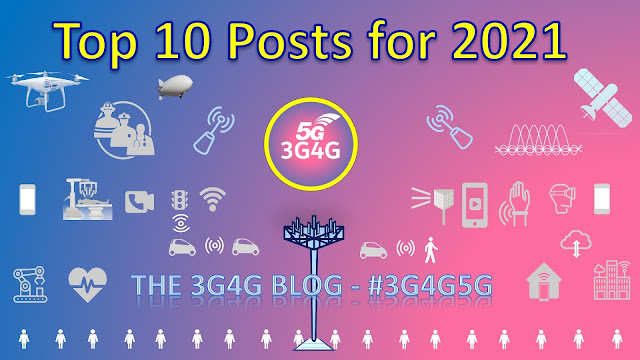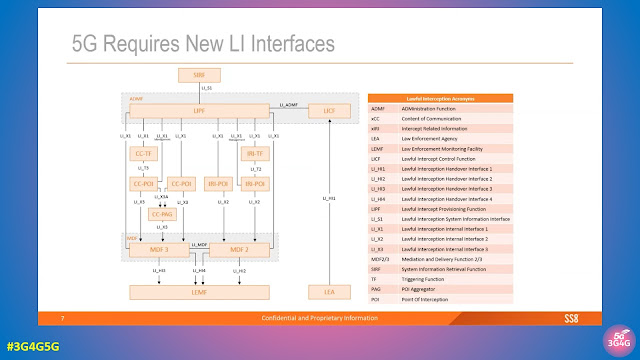As more technologies, frequency bands, antennas, etc., are crammed in our smartphones and tablets, it becomes essential for these devices to keep performing despite what technologies and spectrum are in use at any instant of time. This requires specialist design of the RF front end in our devices. Wikipedia explains it as:
In a radio receiver circuit, the RF front end, short for radio frequency front end, is a generic term for all the circuitry between a receiver's antenna input up to and including the mixer stage. It consists of all the components in the receiver that process the signal at the original incoming radio frequency (RF), before it is converted to a lower intermediate frequency (IF). In microwave and satellite receivers it is often called the low-noise block downconverter (LNB) and is often located at the antenna, so that the signal from the antenna can be transferred to the rest of the receiver at the more easily handled intermediate frequency.
🔸RFFE revenues should also grow at a rapid clip with proliferation of 5G & 5G mmWave in coming years
— Neil Shah (@neiltwitz) July 29, 2021
🔸 The RF Semi $ content per device will rise and drive the RFFE segment.
🔸 Will be interesting to see if Qualcomm can get more design wins at Apple over next two yr window. pic.twitter.com/9hKrQYpwI4
Qualcomm is very active in this area as can be seen from the chart in the Tweet above. Back in October, Qualcomm announced ultraBAW, their new generation of micro acoustic filter technology that expands their RF front-end (RFFE) portfolio and opens up new 5G services and applications. They have a short intro video explaining RFFE:
Apple bought ~$14 billion worth of baseband, RF front-end (RFFE) and connectivity chips from Broadcom, Qorvo, Qualcomm and Skyworks in 2021.
— Sravan Kundojjala (@SKundojjala) December 18, 2021
That means ~$55 worth of baseband + RFFE + connectivity content per iPhone.$AVGO $QCOM $QRVO $SWKS
It is also interesting to see from the Tweet above that on an average baseband + RFFE + connectivity chips cost Apple nearly $55 per device.
The analyst firm CCS Insight have also done some good work explaining RFFE and their analyst Wayne Lam has written a few detailed articles on this topic. Here are the links if you want to read further:
- Advances in RF Front-Ends Made 5G Phones Possible (link)
- Advances in 5G RF Front-Ends Lead to Longer Battery Life (link)
Their RFFE videos playlist is embedded below.
Also worth noting that a good modem and RF front-end, especially with 5G, can make a lot of difference in what speeds and coverage you can get
Sometimes I forget the value of having a good modem and RF front-end having an S21 Ultra and then I compare my mid-band coverage on @TMobile to people next to me with an iPhone 13 and Pixel 5 and they don't get remotely the same speeds or coverage.
— Anshel Sag (@anshelsag) December 26, 2021
Related Posts:
- Telecoms Infrastructure Blog: Open RAN (O-RAN) RRU (O-RU) and DU (O-DU) Design
- The 3G4G Blog - Radio Design Webinar: Optimising Your 700 MHz Deployments
- The 3G4G Blog: Envelope Tracking for improving PA efficiency of mobile devices


























